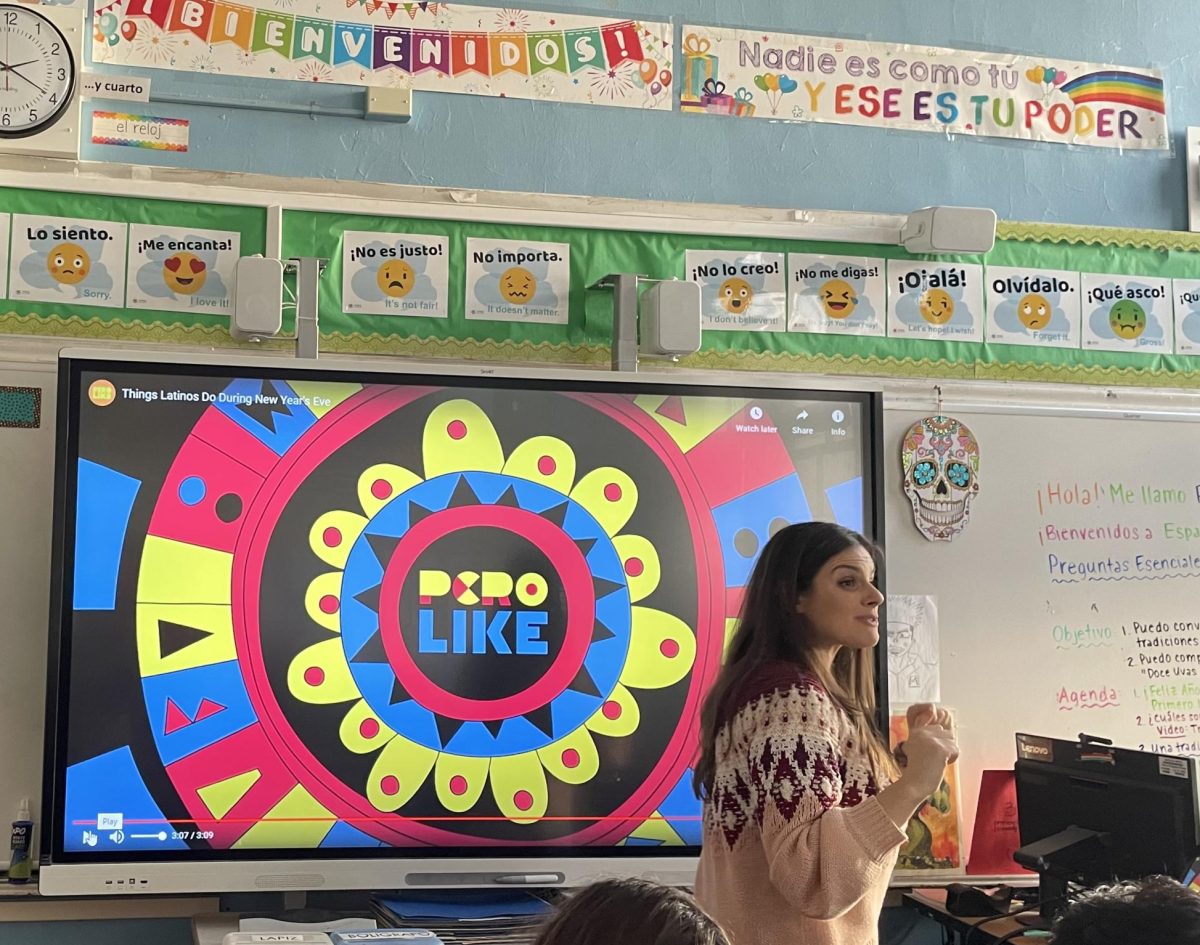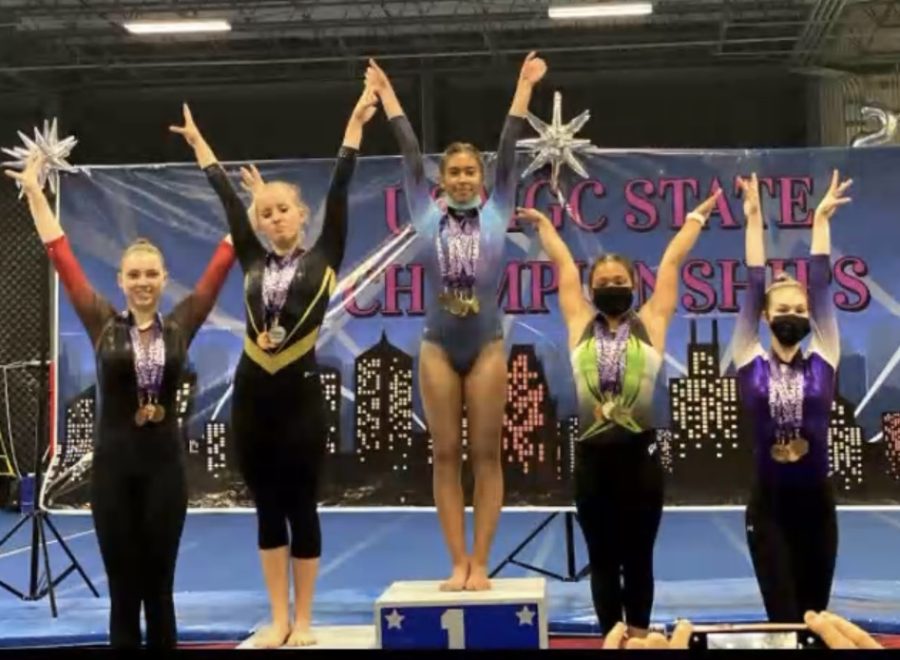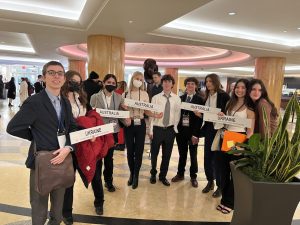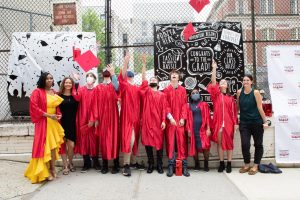Students and Teachers Adapt to “New Normal” of Hybrid Education
June 18, 2021
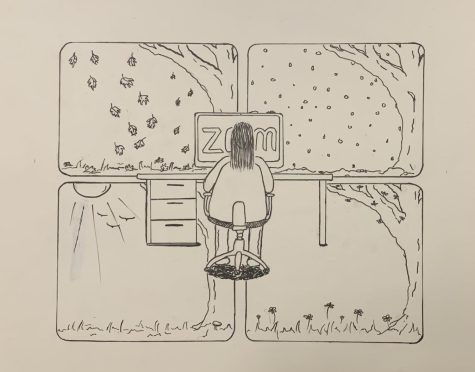
2020 has been a challenging and stressful year for all of us, but just accessing education has been one of the largest struggles for many students. In July, the mayor and the Department of Education leadership announced plans for a hybrid system to provide students with the option to elect into in-person schooling a few days a week or to stay one hundred percent remote to protect themselves and loved ones from transmitting Covid-19. By September, the DOE had announced a rotating schedule where students opting into the hybrid model could attend school a few times a week while completing asynchronous learning on days outside the building. (High schools have been completely closed since late November since citywide cases passed the threshold of 3 percent. Since early December, elementary and D75 schools have opened for in-person learning 5 days a week.)
Students and teachers have varied reasons for why they have selected remote or blended learning. Some parents worry their kids might be susceptible to contracting the coronavirus at school and bringing it home to family members; others chose to send their kids to school as they missed the social aspects of learning. Some teachers opted for remote learning because they have certain health conditions that make them more susceptible to respiratory illnesses. But regardless of whether students or teachers choose to opt into remote or blended learning, the learning conditions are worlds apart from a typical school year.
Hybrid students have mixed feelings about the new normal. Some students report missing working in groups in class. “I think group and in-person learning is a lot more impactful than online,” says Jonathan Franco, a junior who was attending in-person at MBHS this fall.
Some students who have been remote since the beginning of the year have observed that it is easy to get off track while learning at home. “Personally classwork isn’t that much harder,” says Tiffany Ngyuen, a sophomore at MBHS who has been fully remote since September. “I just think asynchronous [work] is more tedious and it’s easy to get distracted because I work in my room.”
Remote instructors like French teacher Ms. Goldsmith report that they miss interacting with students in real life. “I really miss being able to move around the classroom and check-in with students one-on-one,” says Goldsmith. “There’s an energy level when we’re all in the classroom together that is difficult to recreate over Zoom.”
Teachers also miss certain aspects of school that would seem routine in a typical year. “It definitely feels different,” says English teacher Ms. Ciocca, who taught in person until the schools closed again. “I miss[ed] being able to …see students’ facial expressions, laugh together without masks, and gather together.” NEST coach Ms. Scrivner laments the fact that “it’s been difficult to build relationships with new students because we only meet online. “I hope in the near future everyone feels safe and comfortable enough to return to the building.”



